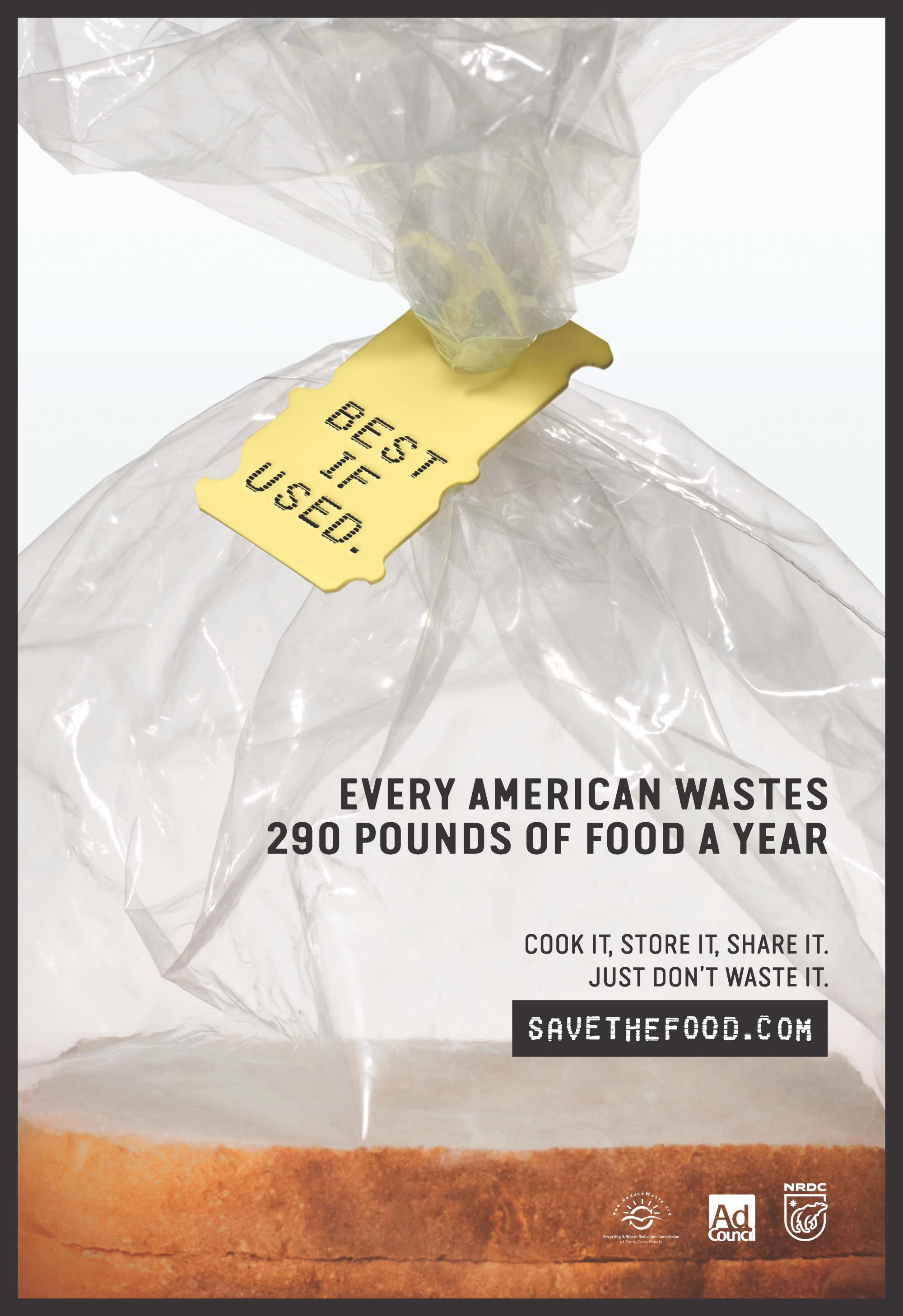Reduce
Waste reduction and waste prevention means using less material to get a job done, creating less waste in the first place. It is the best of the R’s—because preventing waste in the first place means you have less waste to worry about in the end.
Whenever we create waste, we’re throwing away valuable resources. Even though recycling is a step in the right direction, it’s not enough. We need to reduce the amount of waste we create. Fortunately, it doesn’t take much effort to reduce waste. Leave less behind for the future—reduce waste!
Use Alternatives
- Use a cloth napkin instead of a paper.
- Use washable mugs at work or school instead of paper cups.
- Use both sides of paper, and then recycle it so it can be used again.
- Use a sponge or cloth towels instead of paper towels.
- Use online or e-billing options rather than receiving bill statements in the mail.
- Use rechargeable batteries or use an AC adapter whenever possible. Keep in mind that after rechargeable batteries will no longer accept a charge, they may not be put in the garbage, but must be recycled separately.
- Before throwing a product away, check into repair and warranty options. This is often less expensive and more energy efficient than buying a new replacement.
- When possible, mend clothes and repair worn shoes, boots, handbags and briefcases. Shoe repair is often offered at stores where shoes are sold.
Consider the Entire Package
 Much of our household waste comes from the packaging of products. If we think before we buy, and buy only what we need, we can help conserve resources while we shop.
Much of our household waste comes from the packaging of products. If we think before we buy, and buy only what we need, we can help conserve resources while we shop.- Choose durable, long-lasting goods and make them last longer by repairing them when necessary.
- Choose products with minimal packaging.
- When feasible, choose concentrated products to limit the amount of packaging, such as concentrated bleach.
- Choose the largest-size food packages that you can use without spoilage to reduce the amount of packaging.
- Choose economy-size packages of household products you use regularly such as laundry soap, shampoo, baking soda, pet foods, kitty litter, etc.
- Select products with the least wasteful packaging.
- Avoid buying goods with unnecessary packaging, such as "blister-packs" that wrap items in plastic seals with cardboard backing, or "double-packaging," such as a bottle inside a box.
- Avoid packaging made with mixed materials, such as paper laminated with plastic or foil.
- Given two equivalent products, choose the one packaged more simply, with no packaging or with a single, reusable or recyclable material.
- Select energy-efficient appliances and electronic equipment with good warranties and service contracts.
Reduce Food Waste and Food Related Waste
The best way to manage food leftover waste is to stop waste before it starts.
 Choose fresh produce without packaging whenever spoilage will not be a problem.
Choose fresh produce without packaging whenever spoilage will not be a problem.- Avoid using plastic bags for purchases such as a couple of cucumbers, bulbs of garlic or lemons – try reusable cloth or mesh bags instead
- Try new recipes that use parts of the food you would normally discard, such as carrot top pesto.
- Use vegetable and meat trimmings for soup stock
- Use refillable condiment bottles
- Bring your own to go box to a restaurant to take home your leftovers
- Try freezing your almost spoiled produce to make a refreshing smoothie later.
- Teach proper cutting techniques to maximize amount of food
- Be flexible about what you eat, sending food back to the kitchen often makes the whole plate go to waste!
The Good Samaritan Food Donation Act makes it easier for businesses to donate to food banks and food rescue programs. It protects donors from liability when donating to nonprofit organizations and protects donors from civil and criminal liability should the product donated in good faith later cause harm to the needy recipient.
Watch Life of a Strawberry to learn more about food waste
Stop Junk Mail
Direct mail – catalogs, flyers, credit card offers, memberships to clubs and organizations of all kinds – makes for a lot of paper and plastic waste in the typical household. For many consumers, these offerings are an interesting addition to the mail pile. However, there are those who consider much of the pile to be junk mail – unwanted and unwelcome.
You can reduce the amount of junk mail you receive and get an online kit to stop junk mail at StopJunkMail.org. You can also reduce the amount of unwanted mail you receive by contacting the Direct Marketing Association and ask to be placed in their "name removal file." Be sure to provide all the various spellings and address versions that you want removed from mail lists. If you do business by phone, mail or the Internet, ask to be placed on a list for in-house use only. Request that your name not be sold or traded to other marketers or organizations.